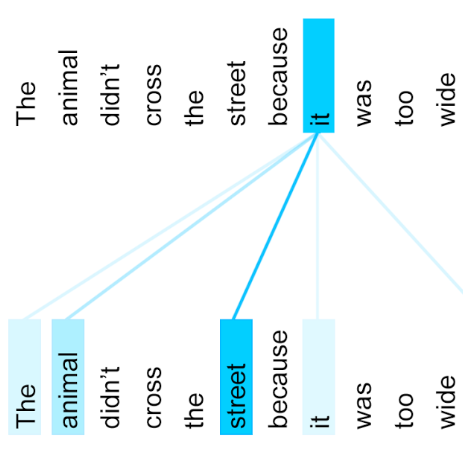Electroencephalogram (EEG) can objectively reflect emotional state and changes. However, the transmission mechanism of EEG in the brain and its internal relationship with emotion are still ambiguous to human beings. This paper presents a novel approach to EEG emotion recognition built exclusively on self-attention over the spectrum, space, and time dimensions to explore the contribution of different EEG electrodes and temporal slices to specific emotional states. Our method, named EEG emotion Transformer (EeT), adapts the conventional Transformer architecture to EEG signals by enabling spatiospectral feature learning directly from the sequences of EEG signals. Our experimental results demonstrate that "joint attention" where temporal and spatial attention are applied simultaneously within each block, leads to the best emotion recognition accuracy among the design choices. In addition, compared with other competitive methods, the proposed method achieves state-of-art results on SEED and SEED-IV datasets.
翻译:电子脑图(EEG)可以客观地反映情感状态和变化。然而,脑电图(EEG)的传输机制及其与情感的内部关系对人类来说仍然模糊不清。本文展示了一种新型的EEG情感识别方法,它完全建立在对频谱、空间和时间维度的自我关注的基础上,以探索不同的EEEG电极和时间切片对特定情感状态的贡献。我们称为EEEEG情感变异器(EEET)的方法,通过让空谱谱特征直接从EEG信号的序列中学习,使常规变异结构适应EEG信号。我们的实验结果表明,在每一个街区同时应用时空关注的“联合关注 ”, 导致设计选择中的最佳情感识别准确性。此外,与其他竞争性方法相比,拟议方法实现了SECD和SEED-IV数据集的状态结果。




